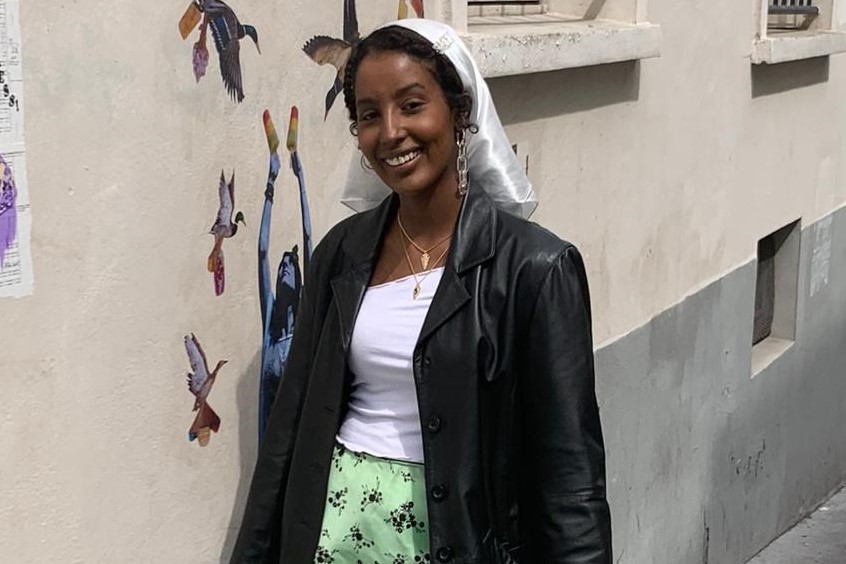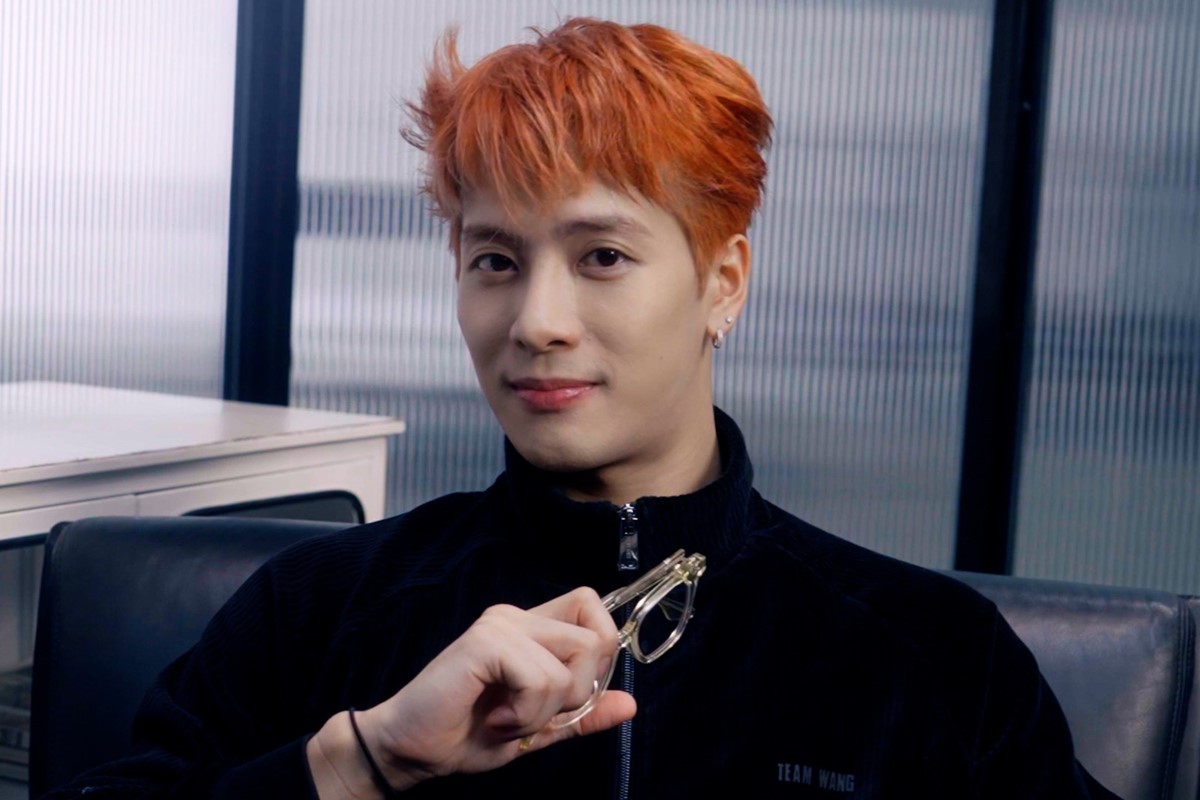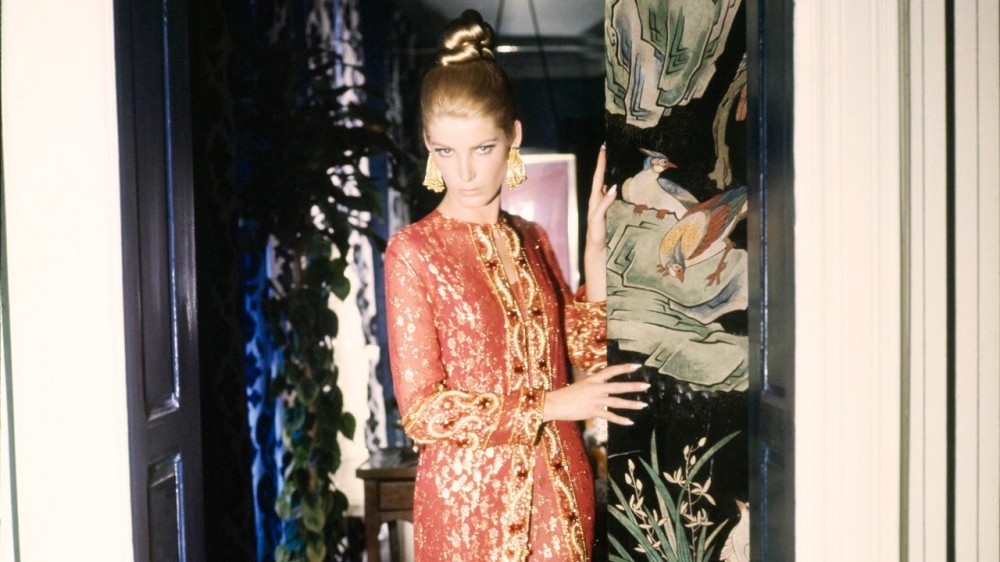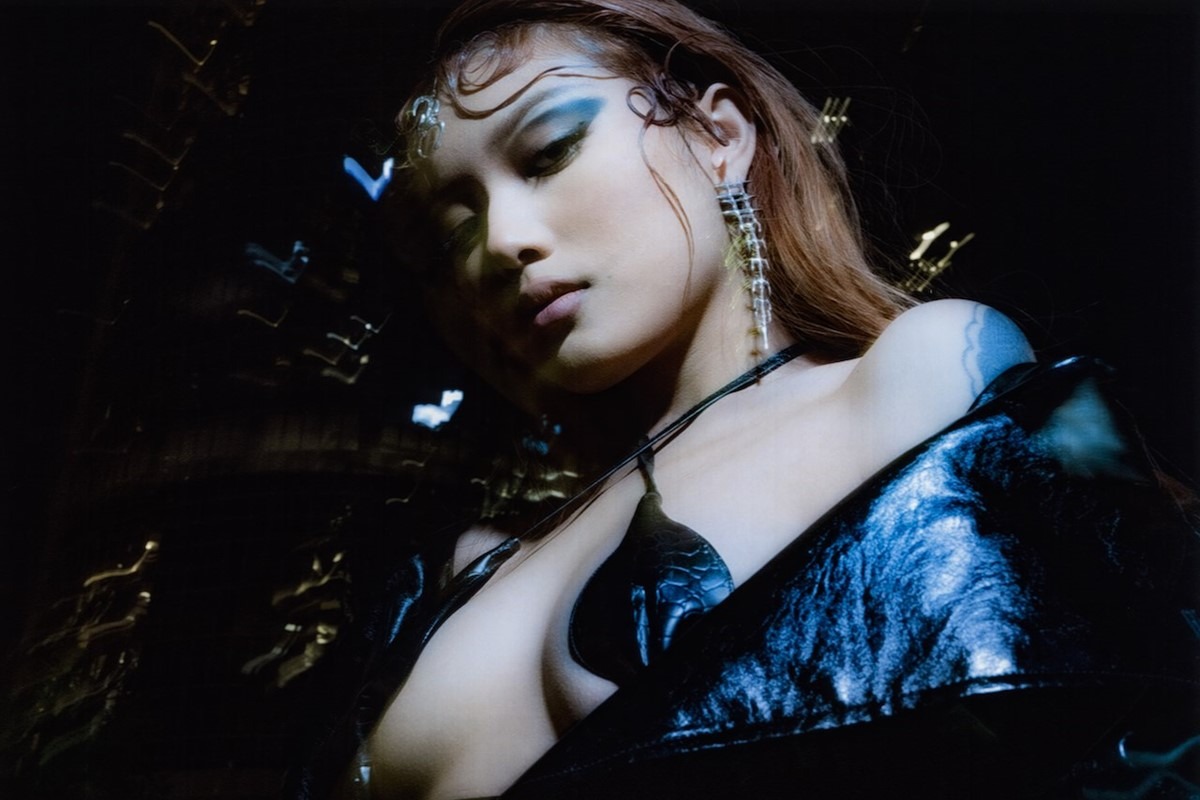
6 Muslim women on their hijabs, fashion, and faith
As history-making model Halima Aden reveals she’s quitting the industry, these hijab-wearing women talk meaningful representation, staying true to themselves, and finding inspiration in her courage to speak up
For many young Muslim women Halima Aden is a fashion ‘it’ girl, whose breakthrough into the industry was something we felt we shared. As the first hijab-wearing model to cover British Vogue and appear in the pages of Sports Illustrated, she also walked the runway for the likes of Yeezy, Max Mara, and GCDS. Each milestone reminded Black Muslim girls everywhere that barriers can be broken – we can and will take up space front and centre in fashion and beyond.
More recently, however, Aden took to Instagram to announce she was quitting modelling, after a number of experiences caused her to step back and reflect on her journey across the last three years. In a series of posts on her Instagram Stories, she detailed the good, the bad, and the ugly moments of her career: from how much she appreciated Fenty’s respect for her religious covering, to the times on numerous shoots the meaning behind her hijab was not respected.
Ranging from being asked to wear jeans as a hijab in absence of a scarf, to the time she was styled in a crystal-encrusted headscarf, Aden went on to explain that she felt as if she was not being true to herself. “I was just so desperate back then for any ‘representation’, that I lost touch with who I was,” she wrote in one post. Halima has now decided to take a step back from the industry – her frustrations weighed so heavily, she was ready to give it all up.
Reading through her Instagram posts, it made me reflect on my own journey with wearing a hijab. Although I decided to stop wearing one a year ago, for many years I wore it on and off, with a long period in my early teens wearing one without even taking it off for ‘special occasions’ – in part because my faith was much stronger back then and I was steadfast in practising the religion.
“As a model myself, Halima’s story hit me even more as there were times at the start of my career where I was not as modest as I should have been. The reality check was needed, and I feel like she has woken me up” – Fatima Ahmed
I am still a practising Muslim, but Aden’s comments led me to question where my connection with my modesty went. I asked myself: ‘Am I really living true to myself? Have I lost myself and my faith in exchange for integrating into society?’ More so, it was a wake-up call to readdress where I stand with the hijab, and when, not if, I will wear it again.
Unsurprisingly, I wasn’t alone in asking myself these questions. “As a model myself, Halima’s story hit me even more as there were times at the start of my career where I was not as modest as I should have been,” Fatima Ahmed, 22, explains. “The reality check was needed, and I feel like she has woken me up. Going forward I will only be doing projects that allow me to be fully covered.”
Although the fashion industry is making strides when it comes to inclusion and representation, Aden’s revelations are a stark reminder that much work still needs to be done – particularly when it comes to respecting and understanding those it seeks to represent. Here, we meet a number of Black Muslim bloggers, who discuss what her words mean to them, the importance of inclusion, and their own journey with the hijab and modesty.
HIBAQ FARAH, LONDON (24)

“Halima’s comments felt like a private conversation we’ve all had with our girlfriends, being discussed in a public space. I felt incredibly proud of her for being so candid about her experiences and the unique pressures she has faced, as all ‘firsts’ often do – but also, how she spoke so honestly about what is undoubtedly a deeply personal topic.
Halima leaving an industry that was clearly interrupting her peace and connection with her faith is something we should all totally respect. However, we should also be asking: why did Halima feel as though she had to leave the industry entirely? Where are the Muslim stylists? How accessible is the fashion industry for hijab-wearing women? Do hijab-wearing women feel represented by the content? Why was Rihanna’s Fenty campaign the only shoot Halima felt truly represented in?
My faith is the most important thing to me and I would never want to let my work compromise my values. Like the fashion world, journalism is incredibly white – as Halima said, these ‘spaces were always predominantly white. So, you are already at a disadvantage for simply being YOU in a workplace that never considered someone of your background’. I could relate to this.
Recent conversations have also made me take a moment to accept and acknowledge that wearing a hijab is not an easy thing to do. With the hypervisibility comes Islamophobia, which is not something one can easily shrug off. Halima’s IG stories have made this struggle known and I hope that it can create a shift not only in the fashion industry, but also all respective industries.
Like Halima, I feel grounded in my circle of Black, Muslim, and POC friends who come from a similar culture and I can be myself around. It is very crucial for me to have this group to keep my faith strong and spirits high, especially during times that I may be feeling particularly off balance. Above all, I feel moved by Halima and support her wholeheartedly.”
@heyhibaq
FATIMA AHMED, PRESTON (22)

“Halima’s story resonated with me deeply and triggered my own personal reflection. Her honesty and accountability inspired me to express the same level of honesty with my own followers about my journey with modesty and take accountability for my mistakes. My platform is much smaller but my honesty was appreciated by my followers.
Going forward I think I will always be as transparent as I can be with my followers, no matter how big or small the audience is. I have always been passionate about beauty and fashion from a young age. In my younger years, I felt pressure to adhere to what western society deemed beautiful and fashionable. When the modest fashion trend came, I felt like I could finally bridge the disconnect between my fashion and faith. But this trend was created just so that we’d be dressed modest enough to fit western ideals and give us ‘representation’. We do not need representation – we need normality. Modesty is not a trend, sometimes it is a personal preference and sometimes it’s part of religious beliefs. Regardless, it needs to be normalised.
After reading Halima’s story I spent the whole week reflecting on my own hijab and modesty journey. I’ve worn the hijab since I was 11 years old and I made this decision because I loved the meaning behind it and it allowed other people to identify me as Muslim. As a Black Muslim my place within my religion gets questioned a lot, so no matter how much I struggle with hijab I will always wear it, as this allows people to see that I am Muslim. As a model myself Halima’s story hit me even more as there were times at the start of my career where I was not as modest as I should have been. I did not understand the influence my images could have on other individuals as I was only modelling part time at the time alongside completing university.
This reality check was really needed, and I feel like Halima has woken me up. Going forward I will only be doing projects that allow me to be fully covered – my modelling agency, J’adore Models, has always worked hard to make sure this happens.”
@phaaaats
AMAAL ALI, BRISTOL (22)

“When I first read Halima’s posts, I did a double take. I think a lot of the time, from social media, there has been a push for Black and Muslim women to be represented more. However, I feel as if there is a smoked mirror as to whether this is because modelling agencies and campaigns are trying to fill a quota. Halima was a breath of fresh air as she never gave up on her culture and identity. I always saw her as a trailblazer and therefore thought it was inspiring to see her take ownership of her hijab and call out the industry.
The modelling and fashion industry proves time and time again that it is whitewashed, and more work needs to be done for it to be truly inclusive. The requirements even for hijab-wearing models are extremely thin and having certain features and skin tones. The movement has become progressive, but Halima’s comments highlighted that those in the background of this industry are still not diverse and continue to get it wrong.
As for me, I don’t wear the hijab that much anymore, but I try and practice the religion where I can. Modesty is not as rigid as people believe it to be – there are different types of modesty and they don’t always have to include the covering of the hair. I still cover up and dress modestly although I don’t always cover my hair.”
@amaaliscool
BILLY MARSAL, BRISTOL (19)

“Everyone has boundaries and I felt that Halima set her own ones loud and clear which was inspiring to see. Seeing her do this so publicly and take back ownership of her identity made me reflect on my own. My boundaries are that I respect my faith as much as I can and do not show skin and hair – both are very important to me, and I feel like I’ve stuck to them.
Pressure and compromise to integrate into the (fashion) industry is a very real thing. And Halima’s comments were a reminder of what the pressure of the industry can do to you and how important it is to always try and stick to what you are comfortable with and want to do. When she looked back on her journey and questioned whether she had changed, I did the same. I asked myself, have I switched up or changed since becoming an influencer? And I honestly don’t think I have.”
@billy_marsal
NAS, COVENTRY (23)

“Halima’s comments were not only shocking, but they were also very insightful. I didn’t really expect her to come out with that as she is so deep into the industry and paved the way for a lot of Somali and hijab-wearing Muslim women. She was one of the first of our generation to be a model. It was a shock but a good shock.
It made me think about how I wear my own hijab and how much the western fashion industry affects my view of modesty. Frequently, I do think I am doing it for me but when I reflect again, I see that I am sometimes trying to fit in. As someone who posts fashion content with my hijab on, I sometimes change my look from what I normally wear in order to go with the ‘look’ but I do question myself as to what my own intentions are.
Halima’s comments have made me more steadfast in my relationship with the hijab. And when I have worked with non-Muslim brands, it has now made me realise that majority of the time you do what they want and it can compromise your own boundaries. Halima reminded me that none of it is worth compromising my own identity and faith over.”
@sailingnas
HANNAH SYEED, LONDON (23)

“(What has happened to Halima) happens with a lot of jobs where you cannot say anything if you don’t believe in what they are doing. In terms of modelling, I have not been put into a space where my beliefs have been conflicted and my modelling agency are amazing at respecting my boundaries and checking in with me. I always say if something does not feel right, I will always speak up.
My family did not really understand what modest modelling was. They thought it was all homogenous and that modest modelling did not exist. They think you do everything and there are no limits. I think there is a pressure of saying that you are modest model and then going on set and being asked to wear tight clothing, but it covers the skin. I wear oversized clothing because of the modesty element but I don’t think it is widely understood that covering doesn’t always have to be long dresses which is what is believed. I feel like this is where the disconnect with the industry comes from. It isn’t just about clothing that covers your skin but clothing that covers you modestly.”
@hannahsyeed



